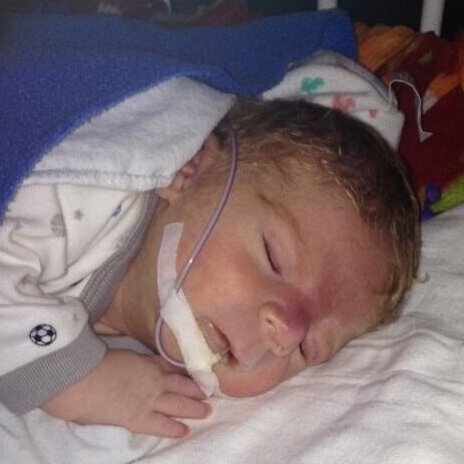Recently I learned that a local school district coded their parents and students as they were passed from one grade to the next in order to let the next teacher know a bit about what to expect. For parents, a small “p” might be interpreted as easy to work with; not challenging. A large P”, on the other hand, pointed out a challenging parent, perhaps one that took more time, maybe one who could be seen as frustrating or demanding. When I first heard this, I laughed. I knew without a doubt there was likely a GIANT P by my name somewhere, one that slowly but steadily grew over time, large enough to fill the entire page by the time we got to the end of high school with my daughter – a lovely, creative, kind young lady who happens to have IDD and Autism.
What assumptions do we make about “challenging parents” within special education and how does the system inadvertently create parents that push schools to the point of discomfort? Challenging parents, and I proudly wear that title, are often reluctant self-made experts. They have been forced to explore the community, collaborate with other parents, challenge policy, become familiar with curriculum and services, and navigate invisible barriers. They are creative, resilient, and fully invested in their child having the best possible outcome. But, they are tired, sometimes short-tempered, and often impatient. So, how to deal with the pesky problem of challenging parents? Invite them in…
Invite those tired, challenging parents to the table. Welcome their guidance and authentically consider their perspective in policy and program design. Keep them at your side, and ensure that they are true partners in developing new ideas. Parents know about systems in a way that school administrators often
(Picture: Colorful collage including drawings of people, symbols, and words: Design and Collaborate)
don’t, simply because they have to. Parents understand the reality that many systems designed for those with IDD simply do not work, or are fraught with serious problems. Work with these parents to build a shared understanding about what is needed in a school culture and curriculum to ensure everyone has a voice.
Parents are invaluable partners in effective quality improvement and their presence forces a level of transparency, accountability and creativity that might not happen otherwise. So, look beyond the traditional role of a parent within the school system – school fundraisers, PTA, booster club, sports, and bake sales, as most “big P” parents had to leave those behind long ago. Instead, ask parents to talk with you about quality and equity, about their fears and hopes for their children, about programs and policies that include and support students who learn differently. The big “P” should come with some glitter, maybe written in bright pink – to grab your attention that a partner is coming your way. A weary, tired partner that won’t give up, who is simply looking for a seat at the table.
More on parent partnership:
https://www.rethinked.com/blog/blog/2016/09/06/parent-engagement-ideas/
https://www.igi-global.com/chapter/parents-as-partners-in-the-special-education-process/170136
http://digitalcommons.providence.edu/cgi/viewcontent.cgi?article=1011&context=socialwrk_students
https://ies.ed.gov/ncee/edlabs/regions/northwest/pdf/REL_2008064a.pdf


























